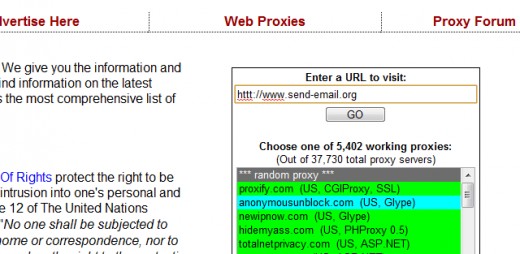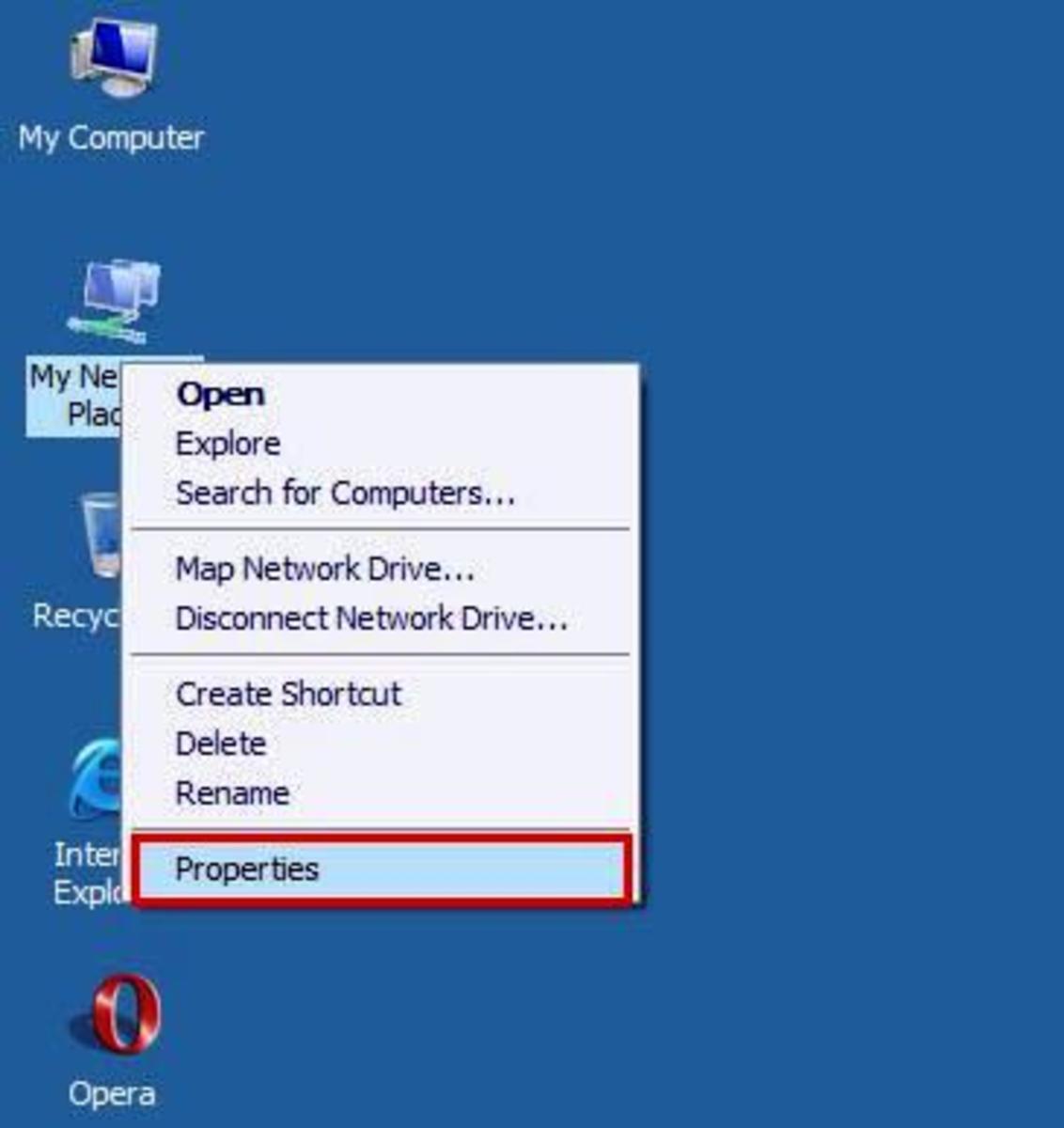How To Send Anonymous Email

Many times, people want to deliver a completely anonymous message to someone, without them ever finding out the sender. There are many reasons for this, ranging from the simple such as telling your boss his breath stinks, to the more serious such as reporting a crime to the authorities. Anonymous email services exist all around the internet. But almost all of these services have a special clause in their terms of use that allows them to track your IP address. While they may not directly display that to the recipient, I'm sure a police subpoena would lead them to reveal your identity. That means that, while these services are anonymous in the sense that they don't collect your name, they still retain identifiable pieces of information that can be used against you. This article is going to describe how to use these services while remaining truly anonymous.
Before I begin, please keep in mind that these services do not tolerate the sending of hate mail, threats, or other illegal activities. For that reason, do not use these methods to break their rules, as it may be possible to launch incredibly complicated tactics to discover the sender of a threat. But for normal use and reporting incidents, etc., the tactics listed here will keep you as anonymous as you need to be.
The anonymous services collect a piece of information about you known as your IP address. This is a unique number that every computer in the world has. In order to prevent the service from collecting this, you need to trick it into thinking you have a different IP address. This is done through the use of a proxy.
Read more about proxies here, and how to use them.
Now, depending on how worried you are about being discovered, there are two levels of security you can use. The first is fairly secure, and most investigators would never attempt to trace it. Keep in mind, however, that it is still possible, so just weigh your options. This is also the simplest method, and requires no more than five minutes. It works by using a web-based proxy to skew your IP address and then access the anonymous email site. To begin, go to proxy.org and type in the text box "http://www.send-email.org."

This is one of my favorite anonymous email sites, but you can find others by doing a simple Google search. Proxy.org links you to a huge database of web-based proxies. Once you find one that works (sometimes some are down), you will see the main page for "send-email." Here, you can type your message and the recipient and click send.
A second method of sending anonymous email is to use a program-based proxy in addition to a web-based proxy. This essentially covers your IP address with two or three layers of security. The program is called TOR and works by routing your connections anonymously around the globe. Then, even though you are behind an extremely secure proxy, you will visit another proxy to "double-hide" your IP. TOR can be downloaded from the TOR Project site here. It is essentially a portable version of Firefox that has the proxy built in, and can run from a thumb drive.
I describe TOR in more detail in another article, regarding bypassing internet filters here.
Once TOR is running, the Firefox browser will launch. From there, go to www.proxy.org as described above, finishing the same steps (enter www.send-email.org into the box, click continue, etc.) There, you can then add your email recipient, and message and send it.
This method is obviously more difficult, but is many times more secure. If you don't want to take any chances whatsoever, this is the method to use. But the other method works quite well and is much faster, for messages that wouldn't make the recipient spend hundreds of dollars to find out who you are.
Tags: sending email anonymously, receiving anonymous mail, determining the sender of email, sending an email without person finding out, sending email without recipient knowing, sending anonymous email without knowing, sending annoymous email, sending mail via email, sending a fake email, sending a prank email, giving a joke email, sending email as prank, sending mail with fake sender, hiding sender of email, masking sender of email, sending email without a sender, sending an email anonymously, sending mail anonymously, sending email freely, sending fake online mail, free online anonymous email, free online email fake, free online anonymous service








